CBD is often automatically associated with something natural. A plant that grows, gets harvested, dried – and that’s it. Many imagine the process to be simple and resource-friendly. Yet the question of how sustainable CBD truly is comes up more and more frequently. Depending on the cultivation method, the environmental impact can vary greatly. While outdoor hemp relies almost entirely on sunlight and rain, indoor facilities operate with lamps, climate control systems and ventilation units that consume significant amounts of energy.
In Switzerland, the expectation for quality is high, and many consumers value clear origin and clean production. Sustainability is increasingly becoming part of these expectations. But the reality is more complex: some methods are resource-efficient, others highly energy-intensive, and others again vary depending on location and technology. “Green” does not mean the same thing everywhere. This is exactly why it’s worthwhile to look closely at what sustainable hemp cultivation actually involves – and where CBD stands today.
Why Sustainability Matters More and More in the CBD Market
The CBD market has been growing steadily for years. With that growth comes a rising interest in environmentally friendly production methods. Many people are looking for alternatives to heavily processed products or want clear information about origin and quality. Hemp fits well into this mindset because it is known as a robust plant that can often be grown outdoors without artificial additives.
In practice, however, producers face various challenges. Indoor facilities offer very stable quality and allow year-round cultivation, but they require large amounts of energy. Outdoor cultivation is more resource-efficient but strongly dependent on weather conditions. Greenhouse models combine elements of both and are considered a balanced compromise.
With the increasing demand for transparent production processes, sustainability is becoming a stronger focus. Energy-efficient LED systems, water recycling, biological pest control and regional supply chains are gradually becoming standard among modern producers.
How Sustainable Is CBD Really?
CBD’s environmental footprint depends heavily on the cultivation method. Hemp fundamentally has the potential to be very sustainable. It grows quickly, needs little water outdoors and can be cultivated in many regions without chemical pesticides. But this advantage is most visible in outdoor cultivation.
Indoor cultivation consumes significantly more energy due to lighting, climate control and air filtration. North American studies show that electricity consumption per kilogram of indoor-grown hemp can be considerable (Mills, 2021; Summers et al., 2022). Even though LED systems and renewable energy reduce part of this load, indoor remains the most energy-intensive method.
Greenhouse cultivation generally achieves a more favourable balance. Thanks to natural light, automation and modern insulation, energy needs are noticeably reduced. In Switzerland, many facilities use photovoltaics or choose locations with naturally stable climate conditions.
Outdoor cultivation is the most environmentally friendly. Rainwater, natural sunlight and minimal energy use result in an excellent ecological footprint. However, the final quality depends more heavily on weather and location.
Indoor, Outdoor and Greenhouse Compared
Indoor: controlled but energy-intensive
Indoor facilities operate with tailored light spectrums, precise climate values and constant airflow. This results in very consistent quality. However, most of the environmental impact stems from electricity use. Activated carbon filters, fans and dehumidifiers also contribute. Indoor is suited for varieties that react strongly to climatic fluctuations and when maximum control is required.
Outdoor: minimal energy demand
Outdoor hemp relies on natural resources. The plant grows in soil, receives rain, sun and wind, and rarely requires artificial additives. The ecological footprint is therefore low. Outdoor is especially sustainable when fields are located in areas with suitable climate conditions. Variations in appearance and yield, however, are normal.
Greenhouse: the middle ground
A greenhouse protects against extreme conditions while using sunlight as the main energy source. Many facilities now feature automatic ventilation, double-glass insulation and water recycling. This results in a balanced ratio between quality and environmental responsibility.
Resource Consumption in Hemp Cultivation
Water Demand
Depending on the method, hemp can require very different amounts of water. Outdoor plants develop deeper roots and make use of naturally available water. In Switzerland, rainfall is often sufficient to meet their needs.
Indoor systems use automated irrigation with nutrient solutions. Many facilities recycle water multiple times, reducing overall demand, but indoor cultivation remains more resource-intensive on average.
Pesticides and Nutrients
Hemp is naturally resilient. Many outdoor fields do not require chemical products. Greenhouses often rely on biological pest control with beneficial insects. Indoor rarely requires pesticides due to the controlled environment, but must sometimes manage risks like mould.
Electricity and Technology
The largest environmental impact comes from lighting in indoor cultivation. Modern LEDs significantly improve the balance. Photovoltaic systems and heat recovery units are increasingly common.
How to Identify Sustainable CBD Products
For consumers, assessing the sustainability of a CBD product can be difficult because the differences are not visible at first glance. Some helpful indicators include:
Transparent information
Serious producers clearly communicate their cultivation methods, energy sources and origin.
Regional production
Shorter transport routes reduce emissions and support local businesses.
Pesticide-free or biological methods
Hemp can be grown exclusively with natural means, which protects the environment.
Efficient technology
Modern LEDs and water-recycling systems are strong positive indicators.
Laboratory reports
They guarantee purity, safety and reflect a high level of quality commitment.
Is Sustainable CBD Worth It Despite the Higher Price?
Sustainably produced flowers, hash or pre-rolls can be slightly more expensive. This difference is not a “marketing” effect but reflects real factors: resource-efficient systems, renewable energy, regional labour and transparent production processes.
Many consumers consider the difference justified because they receive a product made responsibly. Additionally, local production contributes to the regional economy and ensures good working conditions.
Where Sustainable Hemp Cultivation Is Heading
Research continues to work on improving environmental performance. In Switzerland and Europe, several trends are becoming increasingly visible:
-
optimised LED lighting
-
solar panels on greenhouses or indoor buildings
-
water-recycling systems reaching 80–90%
-
biological pest control
-
regional cooperation models
-
highly efficient greenhouse constructions
These developments show that sustainable hemp cultivation is not only possible but represents a realistic future model. More and more producers are relying on innovation to strengthen the connection between quality and environmental respect.
Conclusion
CBD can be very environmentally friendly – depending on the cultivation method. Outdoor has the best footprint, indoor consumes the most energy, and greenhouse sits in between. The decisive factor remains how transparent a producer is and which technologies are being used.
Sustainability in the CBD sector is not about perfection: it’s about making conscious decisions throughout the production chain. By choosing local production, biological methods and modern technology, it’s possible to select products that are both high quality and more environmentally responsible.
For those who value responsible production, Green Passion offers carefully inspected and clearly declared CBD flowers, hash and pre-rolls – grown cleanly, communicated honestly and focused on quality 🌱.
Sources (APA 7)
Booth, J. K., & Bohlmann, J. (2019). Terpenes in Cannabis sativa. Plant Science, 284, 67–72. https://doi.org/10.1016/j.plantsci.2019.03.022
European Monitoring Centre for Drugs and Drug Addiction. (2020). Cannabis production in Europe. EMCDDA.
Mills, E. (2021). Energy use by the indoor cannabis industry. Energy Policy, 46(1), 58–67.
Summers, W., et al. (2022). Greenhouse gas emissions from cannabis production. Environmental Science & Technology, 56(4), 2475–2485.
United Nations Office on Drugs and Crime. (2021). Environmental impact of illicit cannabis cultivation. UNODC.

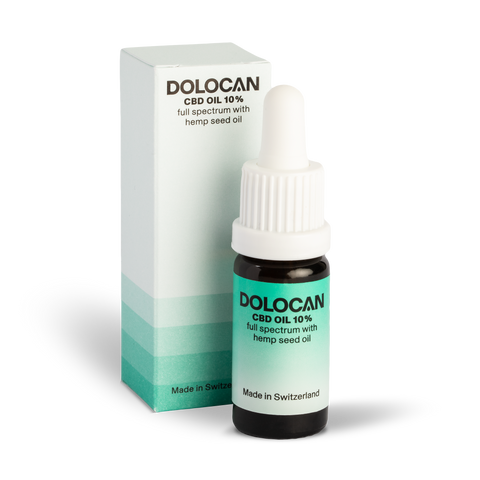

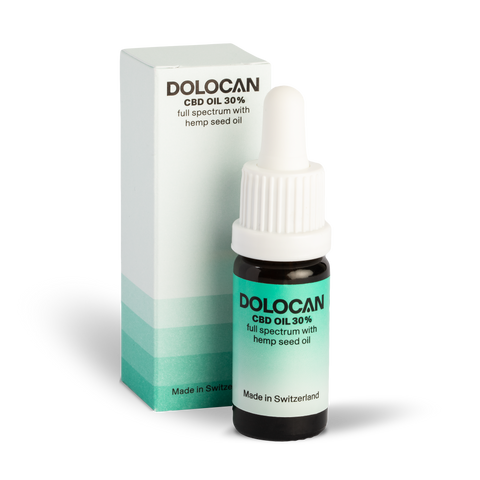


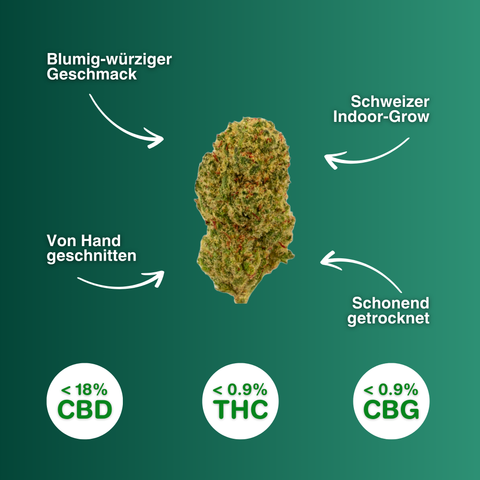
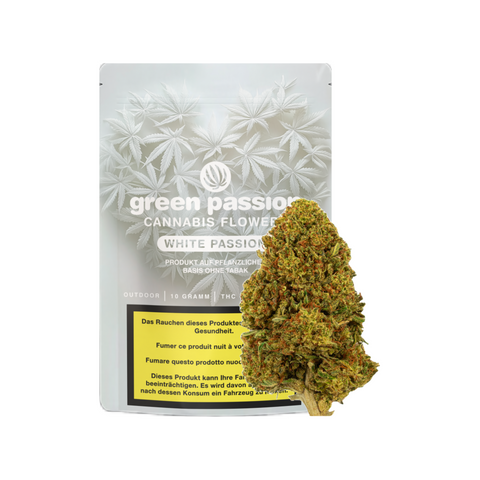
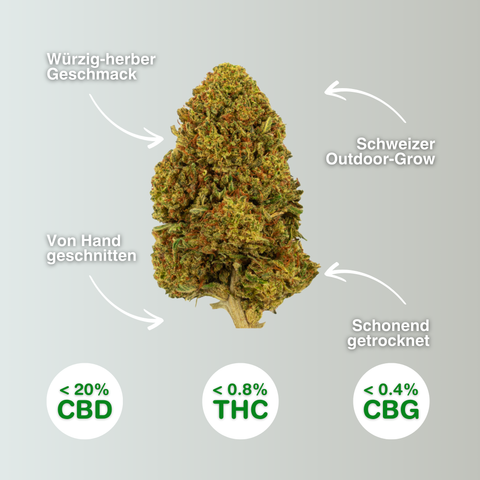
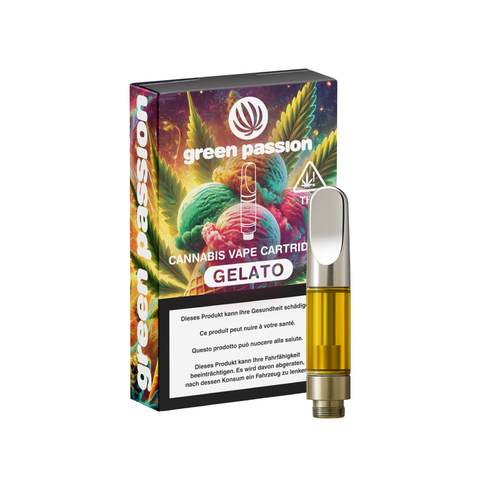
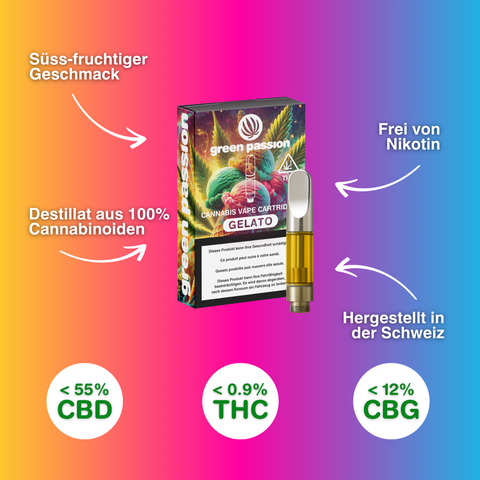
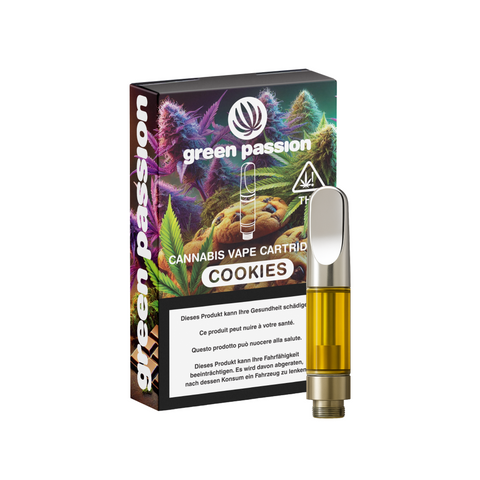
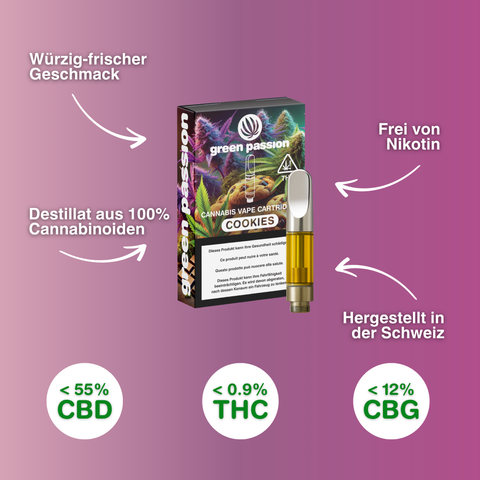
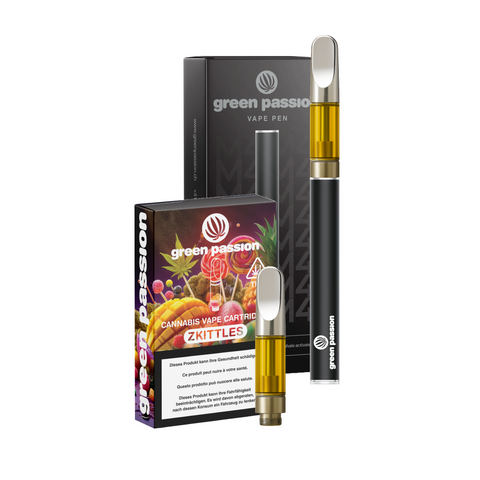
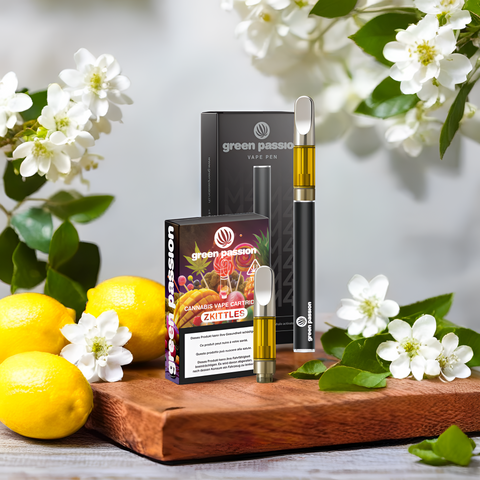



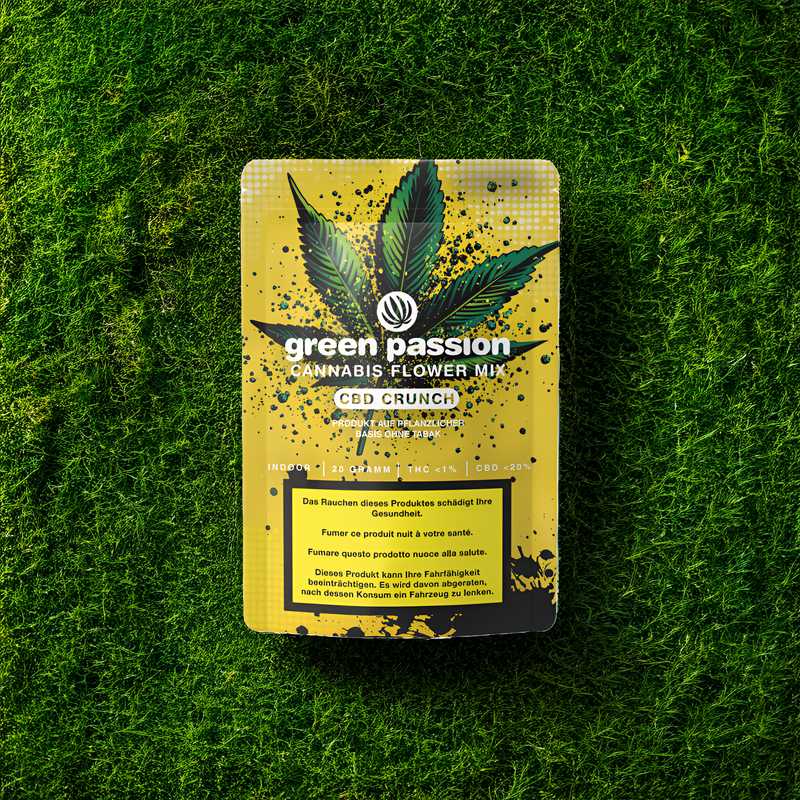
Comments (0)
There are no comments for this article. Be the first one to leave a message!